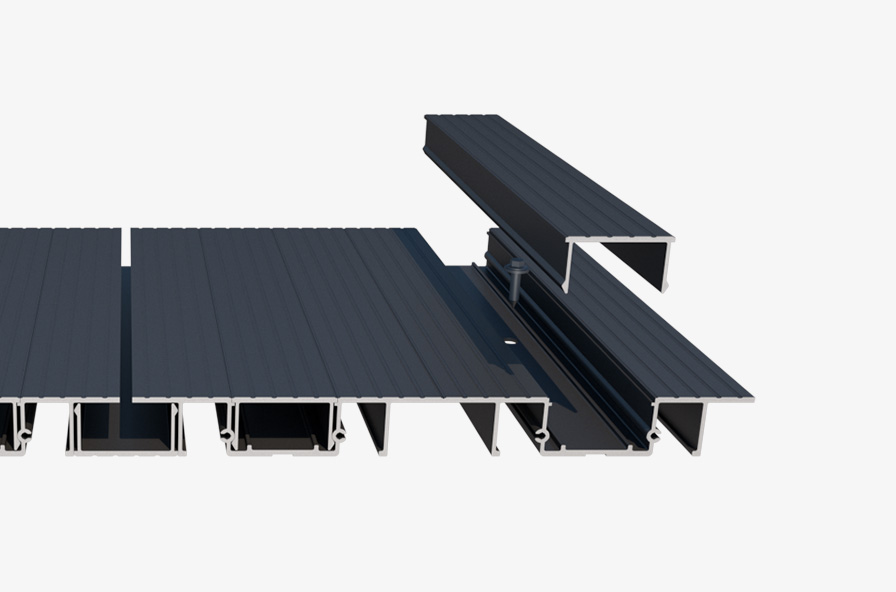Aluminium Decking Care Guide
How to clean and maintain aluminium decking
Cleaning Aluminium Decking
How do I clean aluminium deck boards?
To clean the structure, a solution of warm soapy water and a lint-free cloth should be used. The structure should then be rinsed thoroughly with water. No form of abrasive should be used at any time. All concentrated cleaners should be diluted as per the manufacturer’s instructions. Never use bleach, solvents, abrasive paste or cream cleaners as they could damage the surface of your decking.
To maximise the life of the painted surface, it is highly recommended that no cleanser that contains chlorinated solvents, ketones or esters is used. These will cause the paint to soften.
How often should I clean aluminium decking?
At regular intervals but at the very least they should be cleaned twice a year as excess dirt can cause damage.
Can I use a pressure washer or steam cleaner on aluminium decking?
It is not advised to use pressure washers or steam cleaners to clean aluminium deck boards.
How can I remove graffiti?
Graffiti should be removed by a specialist contract cleaner or by using a “T-Cutting” compound. It is not recommended to use any solvents, abrasive cleaners or other chemicals to clean the surface at any time
Repairing Aluminium Decking
How should I prevent scratching aluminium decking?
Ensure that all furniture used on A-Class systems have soft felt pads under their legs.
How can I fix light chips or scratches?
Light chips or scratches which leave exposed the base metal should be carefully covered by applying an appropriate zinc rich primer, followed by a topcoat finish in a matching acrylic based spray paint. Ensure all areas are cleaned with PW3 panel wipe to remove any grease prior to re-coating. It is strongly recommended that the surrounded area should be fully protected and masked off while spraying
How can I fix larger areas of damage, coating breakdown or vandalism?
The area should be sanded so that the edges are smoothed to allow for feathering in using P320 grade fine sandpaper (to create a smoother transition from the old paint to the new). A zinc rich primer should be brushed or sprayed onto the area and a topcoat should then be applied, in a similar manner.


